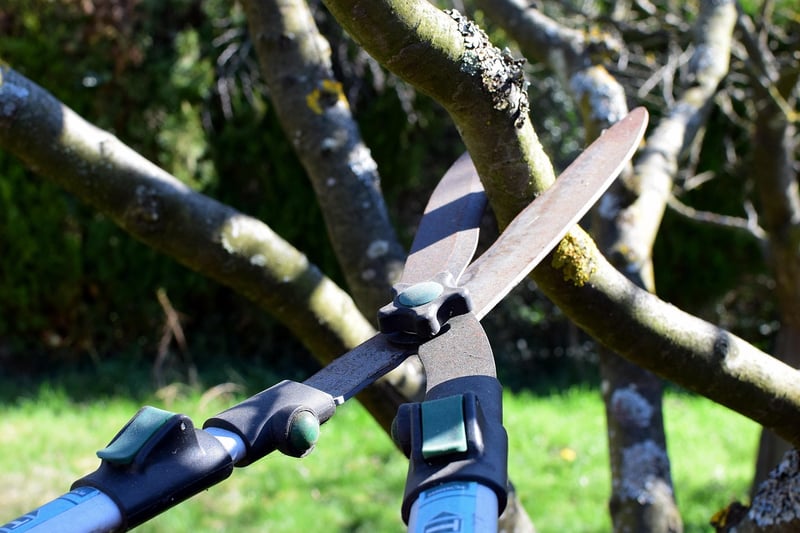Pruning Techniques
Keep Your Garden Thriving: Pruning Techniques
Welcome to our guide on pruning techniques to help you keep your garden thriving! Pruning is an essential practice for maintaining the health and appearance of your plants. By removing dead or overgrown branches, you can promote new growth, improve air circulation, and enhance the overall aesthetics of your garden. Let's explore some key pruning techniques to ensure your plants stay healthy and beautiful.
1. Tools Needed for Pruning
Before you start pruning, make sure you have the right tools for the job. Essential tools include pruning shears, loppers for thicker branches, and a pruning saw for larger limbs. Keeping your tools sharp and clean will ensure clean cuts and prevent damage to your plants.
2. Timing of Pruning
The timing of pruning can vary depending on the type of plant. In general, it is best to prune flowering shrubs right after they bloom, while winter is a good time to prune deciduous trees. Avoid pruning during extreme weather conditions or when the plant is under stress.
3. Pruning Techniques
- Deadheading: Removing dead flowers encourages the plant to produce new blooms and prevents the formation of seeds.
- Thinning: Removing excess branches allows for better air circulation and light penetration, reducing the risk of disease.
- Heading Back: Cutting back the tips of branches promotes bushier growth and can help shape the plant.
- Crown Pruning: Removing upper branches to maintain the shape and size of the plant.
4. Tips for Pruning Success
- Make clean cuts at a 45-degree angle to promote healing.
- Remove any crossing or rubbing branches to prevent damage.
- Step back periodically to assess the overall shape of the plant.
- Prune regularly to avoid drastic cuts that can harm the plant.
By following these pruning techniques and tips, you can help your garden thrive and keep your plants healthy and vibrant throughout the year. Remember, each plant may have specific pruning needs, so it's essential to research the requirements of your specific plants before pruning. Happy gardening!

Image Source: Pixabay
